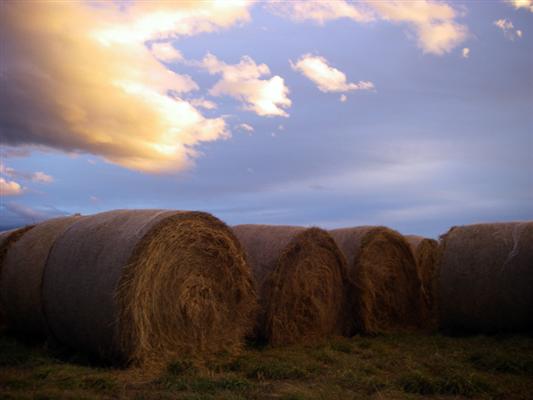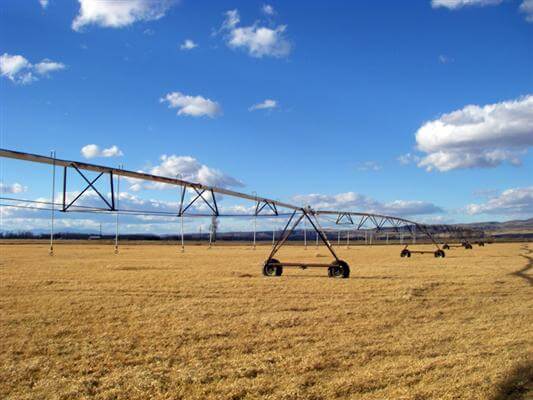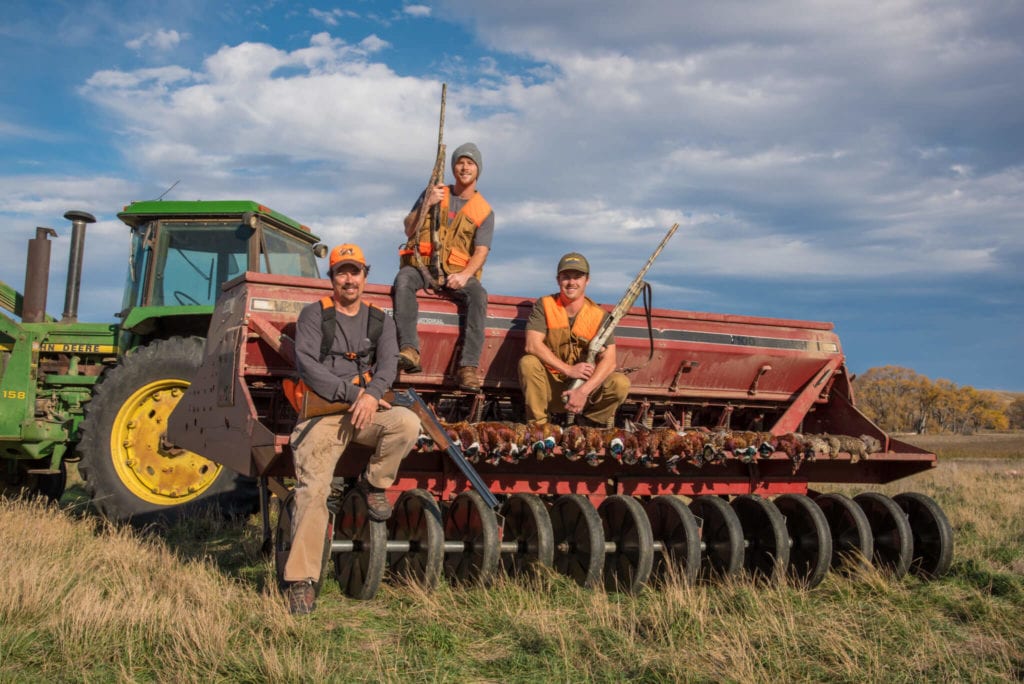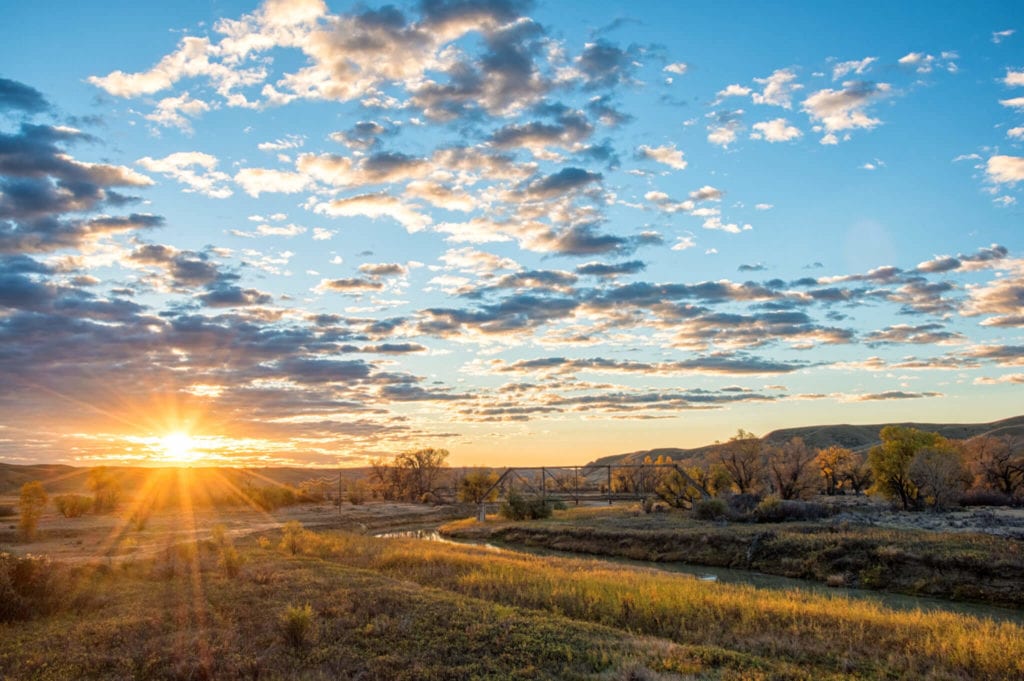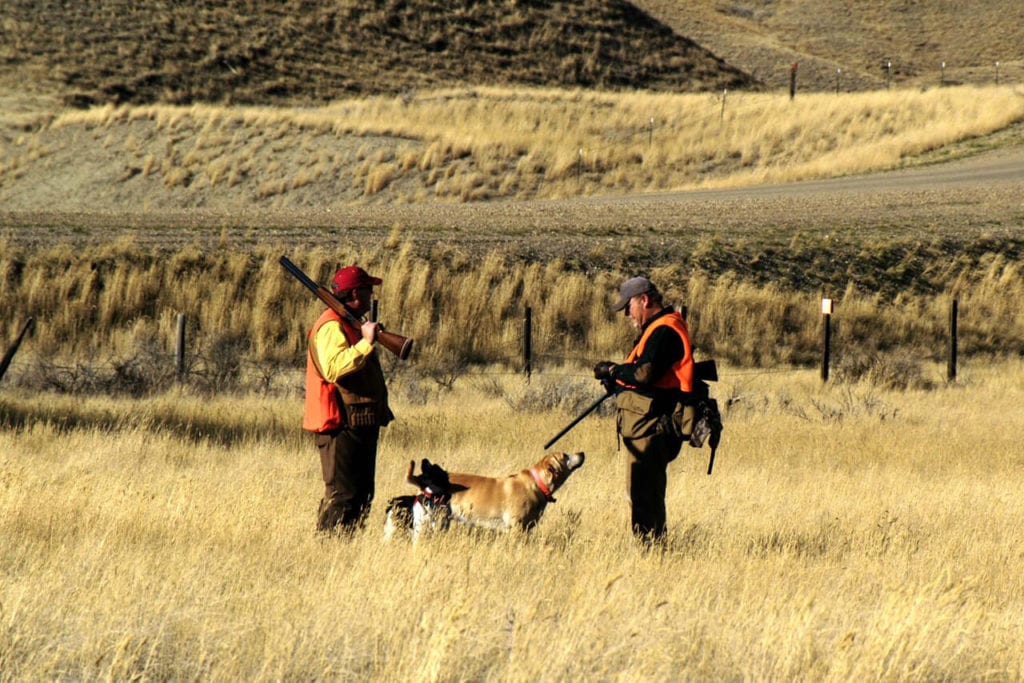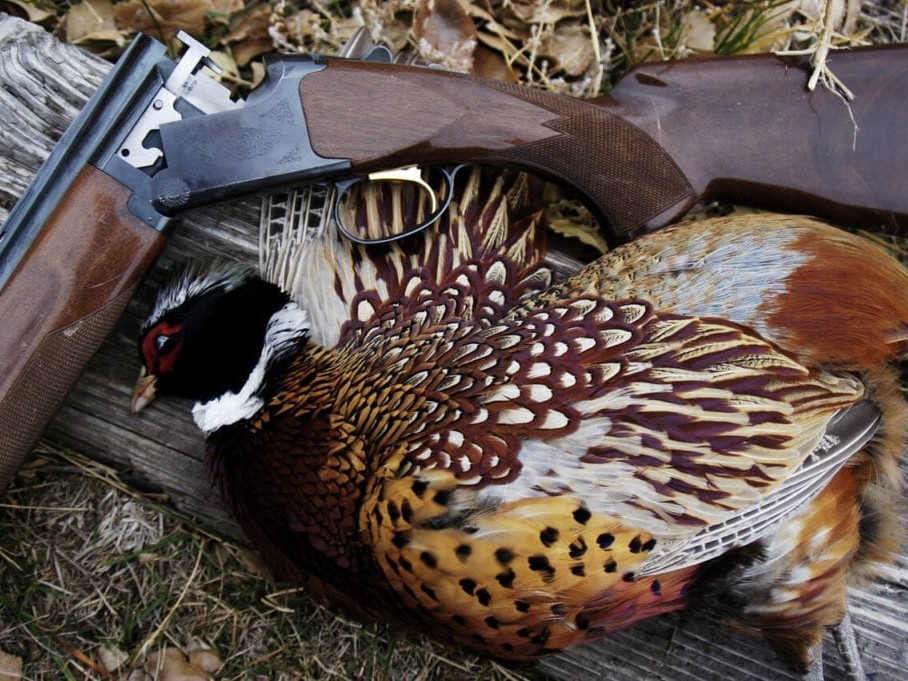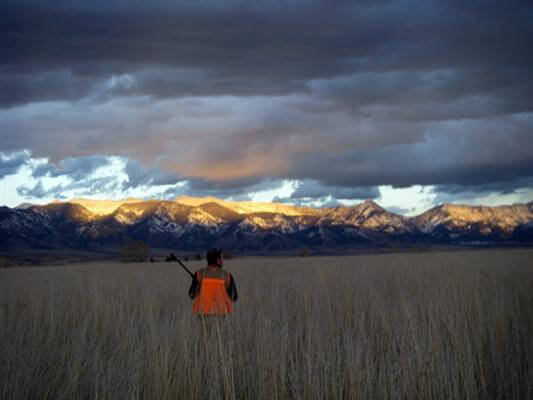When I was growing up in a farming community in north-central Montana, the conversations in the fall were always focused on sporting and hunting. Today, recreation and Montana go hand in hand. However, that was not always the case. Initially, the region’s irrigation brought farmers to homestead the area in the late 1920s and 1930s, many of whom had unsuccessfully farmed on dryland farmland throughout the West in the dust bowl era. The water sources these farmers sought allowed farms to thrive and also created the habitat that allows for bird and game populations to flock to these ranches. While Montana homesteads began as production-based agricultural properties, many have evolved into recreational ranches. They are centered around not only farming but sporting opportunities too.
Fairfield, Montana, is an excellent example of how the land use changes impact wildlife over time. Prior to the start of the Greenfield Irrigation District in the 1920s, the area was 80,000 acres of arid short grass prairie. Farmers were concerned with their livelihood. With the delivery of water and cultivation of ground for hay and grains, these duck and pheasant populations began to grow. With the birth of the irrigation project, Freezeout Lake, which was a saline seep area to the northwest of Fairfield, began to fill with excess water and became a State Wildlife Management Area. It is also a prime spot to view and listen to the spring and fall snow goose migrations.
Fairfield, Montana’s water delivery and groundwater drainage systems are a network of open water sources. In addition to agricultural production, they are a key component of waterfowl and gamebird populations. Being the “Malting Barley Capital of the World”, the residual grain after harvest is a key component to the wildlife numbers. Modern farming practices have allowed farmers to convert from traditional flood irrigation to sprinklers and increase field sizes. While pheasant populations have declined with the change in practices, waterfowl numbers have increased significantly.
Buying or Building a Recreational Property
Similar to Fairfield, which began with a production focus and developed into a major waterfowl and game bird area, there are working farms and ranches that have the key components of water, feed and cover needed for a recreational property. Many buyers are looking at these properties, which are currently operated with the primary emphasis on production, to purchase and add an emphasis of a blended farm or ranch with both production and recreation.
There are two main approaches a buyer of a recreational property might take when buying a ranch. One might consider a property that has good “bones” with water, feed and habitat present, but one on which wildlife has not been the focus of the current operation. The second is purchasing a “finished” property. Some buyers have an interest in developing a plan for improvements, and then they want to take on some of the tasks themselves or possibly under the eye of a consultant.
Those of us involved in ranch marketing, have seen an increasing number of consultants and firms that specialize in fish and wildlife habitat enhancement and development. A work partner’s clients have an extensive combination of wildlife and fishing projects on their ranch, which include stream restoration, wildlife cover and food source establishment, as well as erosion rehabilitation and control. They are many years into this program, with years still left to see their full buildout. Involving these resources prior to purchase can help a buyer understand the options and potential of increasing wildlife numbers and farm or ranch aesthetics, as well as the time and costs to make these improvements happen.
What to Look for in a Recreational Ranch
Good wildlife properties have wildlife present, whether it is an emphasis or not. As a Buyer, it is critical to find the right Ranch Broker to help you in your search, one who understands current resource conditions, can connect you to the right resources and businesses that are able to help, and assess time and money needed to get it to the developed level you envision.
The Ranch and Land Brokers at Live Water Properties are experienced and enthusiastic in enabling Buyers to use their passion for wildlife pursuits to find their ideal recreational property. Having relationships with other specialized professionals allow for a better understanding of each properties’ current condition and what is involved to enhance it further.
Learn more about buying ranches and land with a Live Water Broker or contact one of our Brokers to begin your search for a recreational property.


